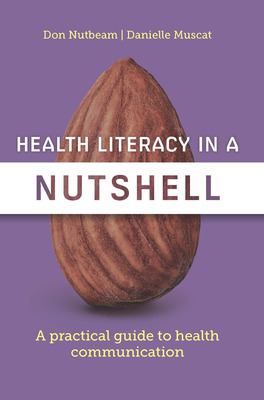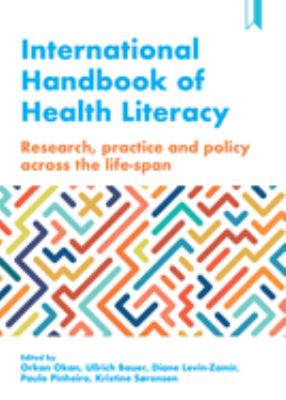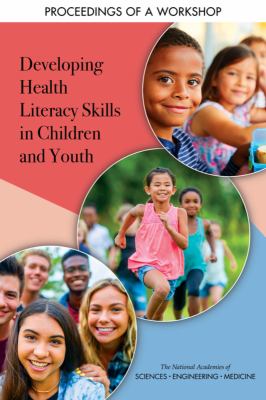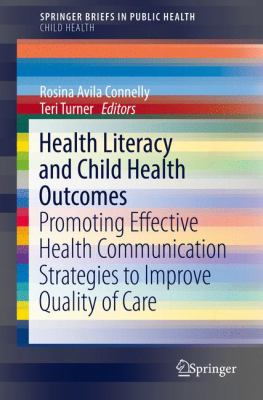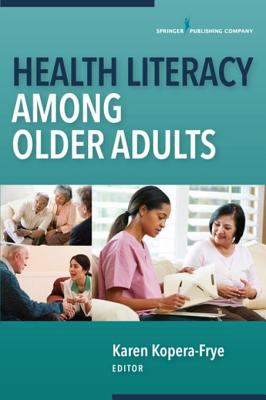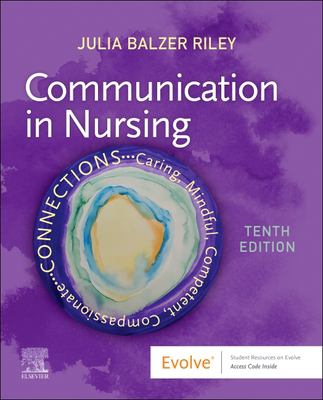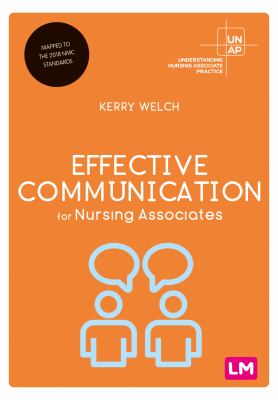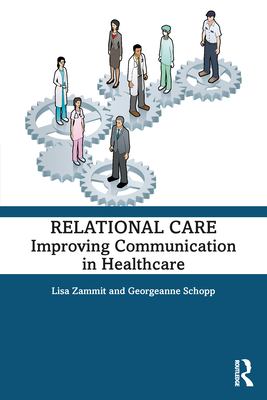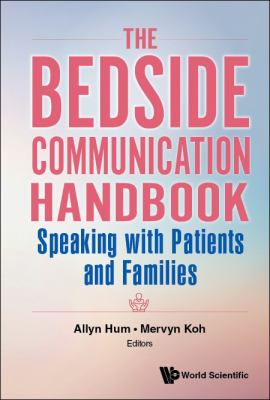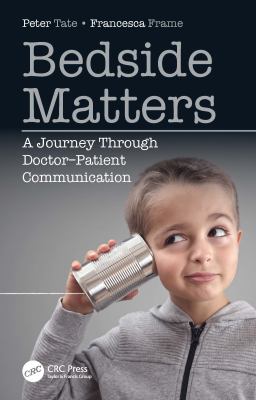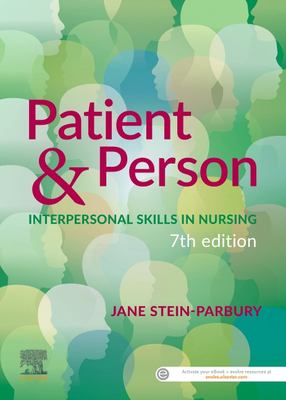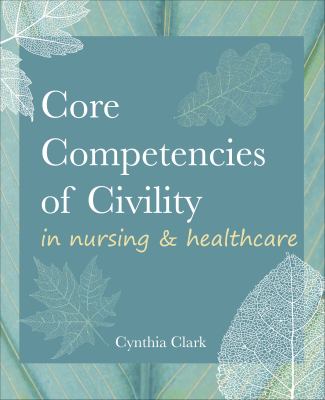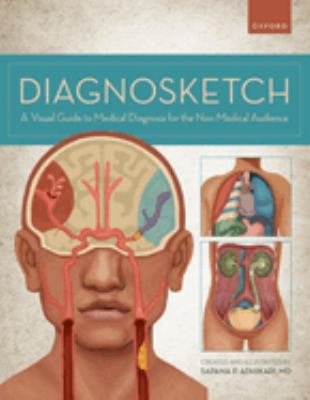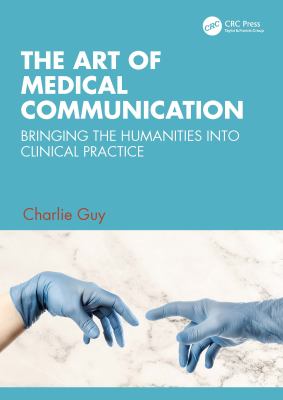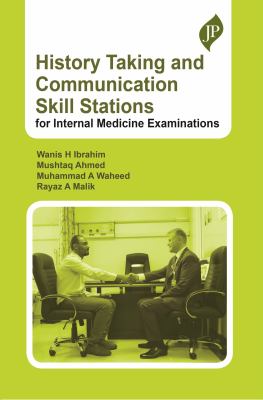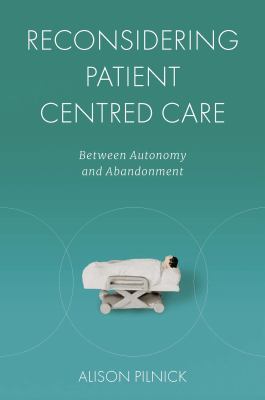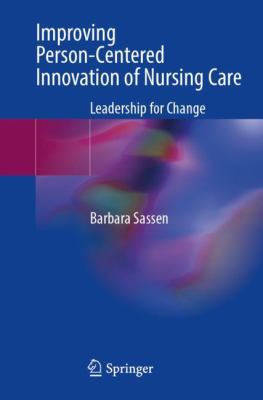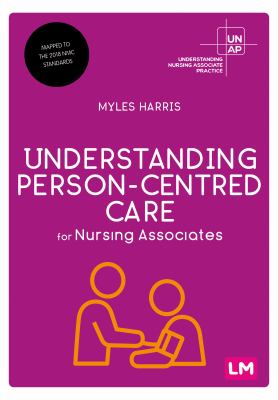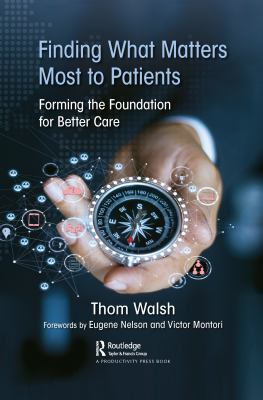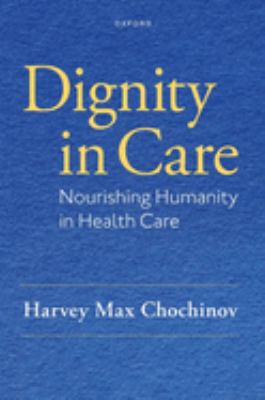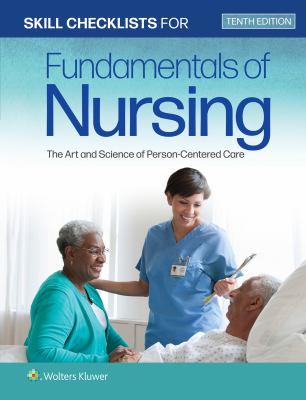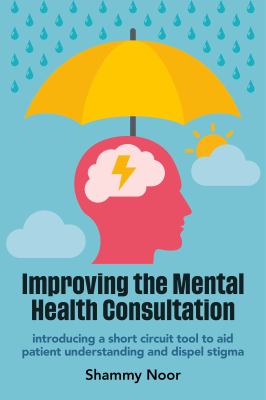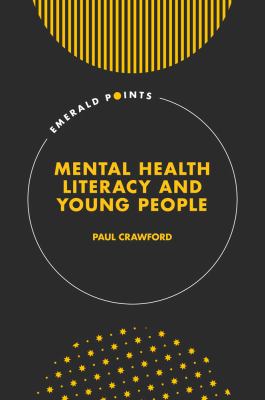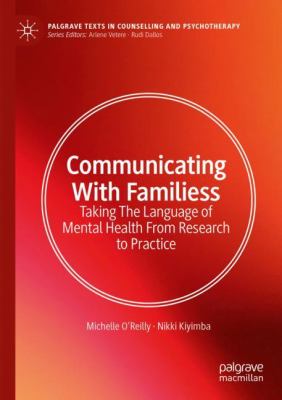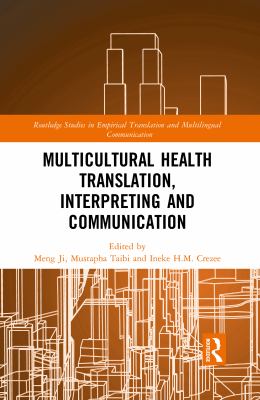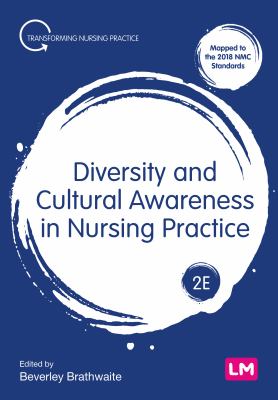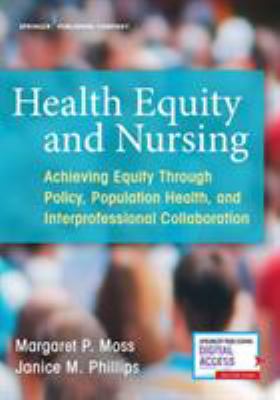NHS services are for everyone. But many adults in the UK have low health literacy skills. This means they struggle to read and understand medical content intended for the public.
What is health literacy?
Health literacy is about a person’s ability to understand and use information to make decisions about their health.
A user with low health literacy will generally struggle to:
- read and understand health information
- know how to act on this information
- know which health services to use and when to use them
Research shows that:
- more than 4 in 10 adults struggle with health content for the public
- more than 6 in 10 adults struggle with health content that includes numbers and statistics
This is because a lot of health content is written, often unintentionally, for people with higher health literacy skills.
Why health literacy is important
Low health literacy has been linked to a range of important problems.
These include:
- unhealthy lifestyles and poor general health
- low use of preventative services, like vaccinations and screening
- difficulty taking medicines correctly
- increased A&E attendances and hospital admissions
- reduced life expectancy
It’s estimated that health literacy-related problems like these account for up to 5% of national health spending.
Health literacy is also a health inequality issue. There is a close link between socio-economic deprivation and low health literacy.
For more NHS information about health literacy, please go to the NHS Digital Sevices Manual here: https://service-manual.nhs.uk/content/health-literacy
There are many different subjects that affect health literacy and Cornwall Health Library has resources about many of these areas.
Please scroll down for more information about these:
E-resource Links
| Health Literacy – eLearning for healthcare | NHS Education for Scotland (NES) and Health Education England (HEE) have collaborated to develop a new, free elearning module for people working in health and care to understand the role health literacy plays in the health and social care systems. The elearning resource takes about 30 mins to complete. At the end of the module learners will know why health literacy is important and how to use some simple techniques including TeachBack, chunk and check, using pictures and simple language to improve communication and check understanding with others. After each section learners complete an action plan detailing how they plan to use the techniques in practice. This plan can be used as evidence of learning in appraisals or professional portfolios. |
| NHS Document Readability Tool | This tool works by copying your text into the tool and it works out how readable your text is for the UK reading age, how long the text takes to read, which complex sentences need to be broken down etc. The tool works by analysing submitted text and splitting it into paragraphs and single words. Words are also analysed for syllable content. Words with 4 or more syllables are classed as long words. Replacing longer words with simpler alternatives will help reduce the overall reading age of the text. The average reading age in the UK is 9, so text readability should be a close to 9 as possible, although 13 or below is also a good result. |
| Health Literacy: Prevalence Estimates for Local Authorities | Provided by NHS England and the University of Southampton, this tool provides an estimate of the percentage of a local authority population with low health literacy and numeracy or with just low health literacy. It draws on the most recent national survey of literacy and numeracy in England (the 2011 Skills for Life Survey) with a population update based on the 2021 Census and the 2019 Index of Deprivation. To search by local authority, select either “health literacy alone” or “health literacy and numeracy combined”. Then enter the name of the local authority using lower tier local authority names i.e. the local council (district or borough). Alternatively, you can search using the map view. |
| The Health Literacy Place | Provided by The Scottish Health Literacy Action Plan Implementation Group (SHLAPIG), this website gives you information on health literacy, including a toolkit that you can use for all areas of healthcare including Teach back, Use Simple Language, Chunk and Check, Use Pictures and help with paperwork. It can also update you on news about health literacy in all areas in the UK and has links to other resources in health literacy research and practice. |
Books in Stock
We are constantly updating our stock but here are some of the titles that will help you to learn more about health and information literacy.
If you have any suggestions for stock or any other queries, please email rcht.cornwallhealthlibrary@nhs.net
Under construction:
| Health literacy from A to Z : practical ways to communicate your health message |
| Information literacy through theory |
| Combatting online health misinformation |
Health Literacy
Information Literacy
 | The art and science of patient education for health literacy |
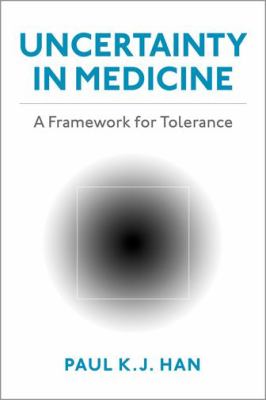 | Uncertainty in medicine : a framework for tolerance |
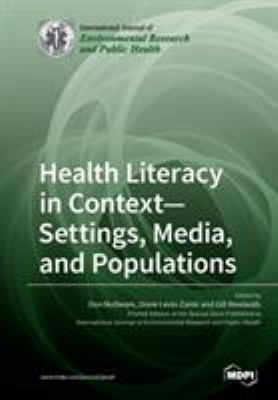 | Health literacy in context – settings, media and populations |
Patient Information
Patient Consultation
Mental Health
Health Literacy & Diversity
Page last reviewed: 13 March 2024

